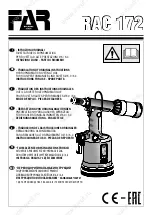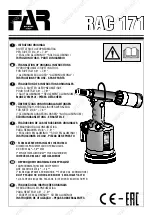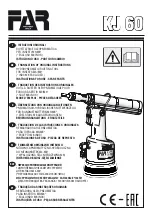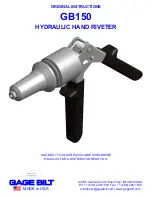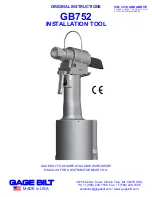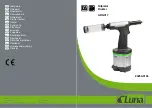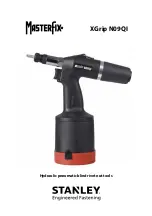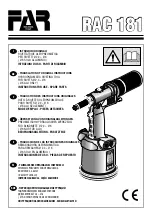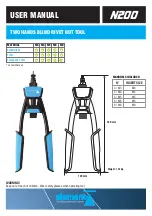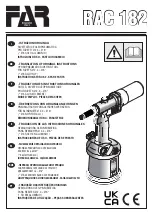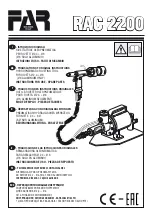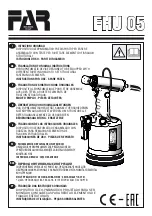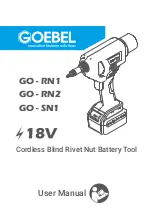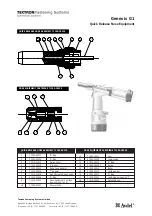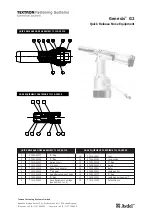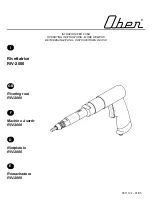
505 N. Railroad Avenue
P.O. Box 1117
Boynton Beach, FL 33425
Ph. 561-732-1111 Fax. 561-731-4412
1. Maintain fluid levels - Use 30 wt. oil. There are two methods of adding oil to the T-7891A.
A. PREFERRED
WAY: Mount tool in vice with bottom cap # 35 up. Remove #35 with wrench
#55. Remove entire piston (part #29, 30, 31, 32, 33, 34) as an assembly, by grasping #33 with
a pair of pliers and pulling straight up. After the piston is removed fill with 30 weight non
detergent oil to top of #40 nut (no oil should be in the #39 cylinder). Replace #35 Cap, and
remove tool from the vice. With the tool in the upright position, remove #13 screw and
excess oil will be vented. Wipe away excess oil, and replace #13. The total amount of oil
should be 2-1/2 tablespoons.
B. Mount the T-7891A in a vice in the upright position, using cardboard or cloth to prevent
marring the finish. Remove #13 oil fill screw. Remove #01A, B, C or D nosepiece. Screw in
#49 bolt plug with #57 hex wrench to open the oil passage. Gradually add oil through the
vent opening. Replace the fill screw #13. Remove #49 and replace with #01 nosepiece.
Remove fill screw #13 to vent excess oil. (Too much oil in the system can cause a failure of
the housing).
A few drops of 30 wt oil or air tool oil through the air inlet every 10 to 15 minutes is
recommended if no air line oiler is in place.
2. Adjusting the stroke - Remove #02 by using #55 wrench. For maximum stroke, loosen nut
#08 and thread the nut all the way onto #17 piston. Then loosen #03 and #07 and thread
them all the way to #08. Hold #08 with a wrench and tighten #3. For a shorter stroke, adjust
#08 so that it is away from the shoulder of #17 by two or more threads, depending on how
short you want the stroke to be.
3. Always use the correct size nosepiece for the rivet you are using. It is a good idea to use
a silicone oil such as WD 40 to lubricate the jaws #04 when pulling quantities of rivets, as
there may be a build up of metal particles that could cause mandrels to stick in the jaws.
4. Air pressure - The maximum pressure should be 90 PSI. A higher pressure could cause
damage to your tool. Using the lowest pressure possible for your appplication will extend
the life of your tool dramatically.
5. As with all tools, make sure that all parts are tight from time to time, as vibration from use
may loosen components.
6. Mandrels - The T-7891A comes complete with the #22 mandrel catcher. Once a rivet has
been popped, and the next rivet is mounted in the nosepiece, the last mandrel will slide into
the #22. To remove mandrels, turn the tool upside down and they will fall out of the slot in
#22, or remove #22 completely and empty.
OPERATING INSTRUCTIONS FOR THE T-7891A RIVET TOOL
Always disconnect tools
from the air supply before
servicing.



